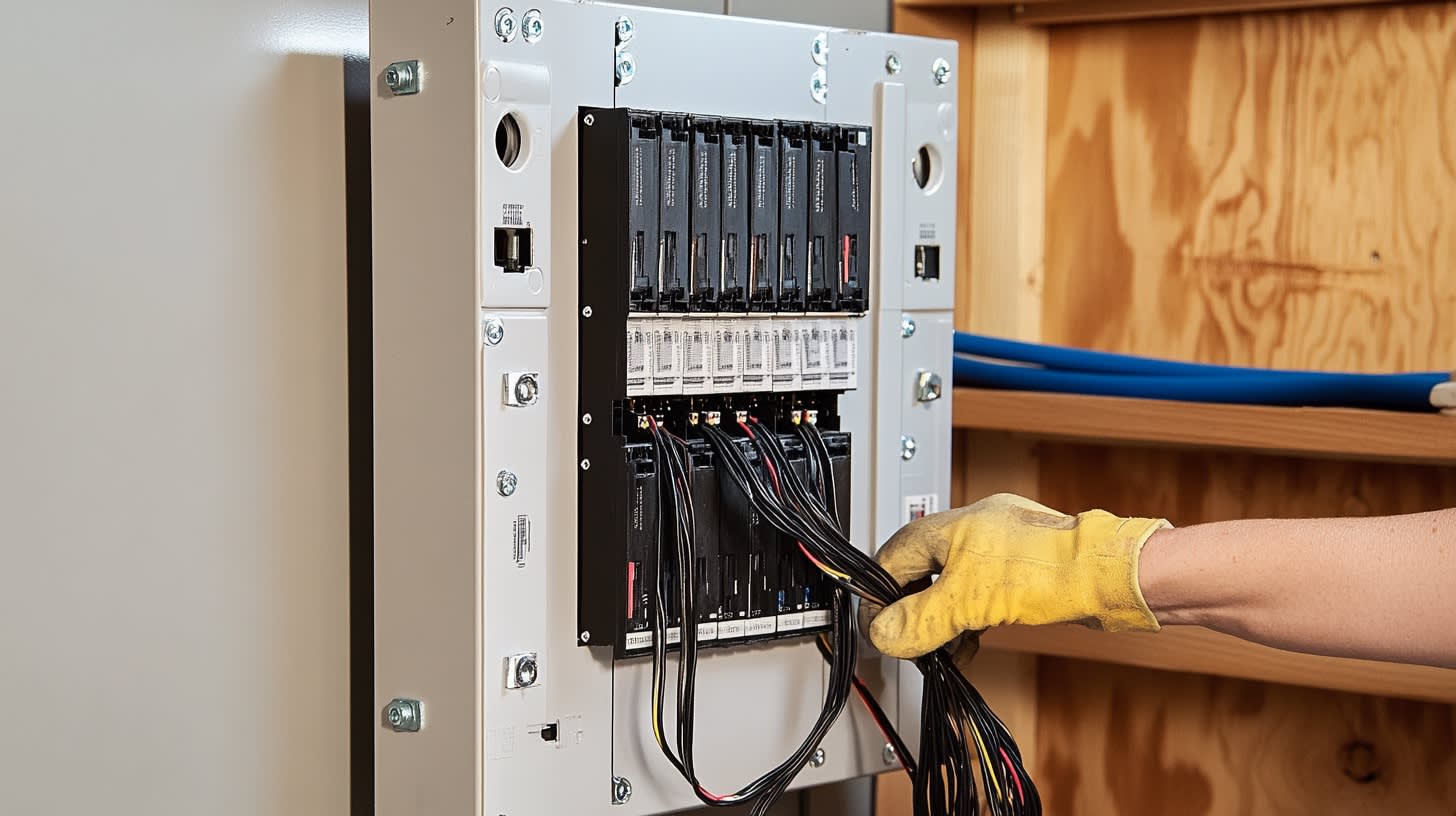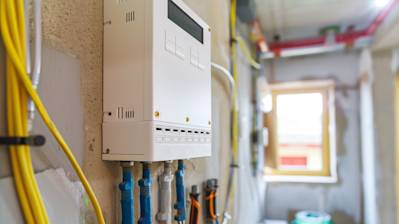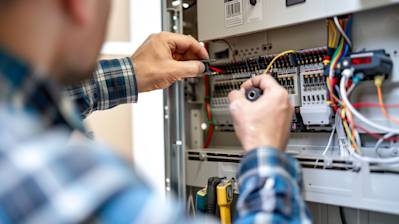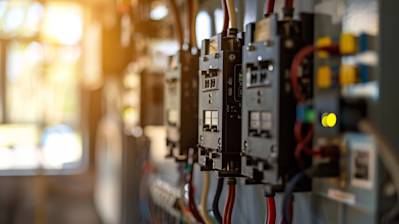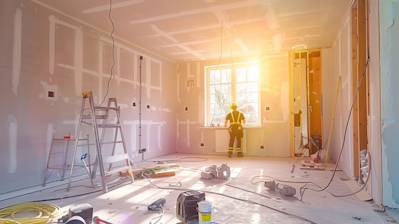Subpanel wiring, typically a part of a home's electrical system, garners attention due to its comprehensive advantages. This in-depth guide aims to acquaint readers with the intricate attributes of sub panel wiring and its seamless installations, with a particular focus on safety considerations.
Understanding the Basics: What is Sub Panel Wiring?
A subpanel is borrowed from the house's main service panel to divide the electrical power supply into multiple circuits. It is often used in large houses where the main panel cannot accommodate all the electrical circuits.
Your sub panel wiring includes a series of wires and circuit breakers that provide electricity to the outbuildings and specific appliance circuits. They are especially beneficial for instances where the main service panel does not have enough room for new circuit breakers.
The Essential Components of Sub Panel Wiring
The core components of a sub panel wiring ensure its seamless functioning. Let's delve into these critical components:
- Circuit Breakers: These devices prevent the electrical circuits from overloading by breaking the circuit when the current passes its limit.
- Subpanel Box: This hosts the circuit breakers and is connected to the main service panel via wires.
- Electrical Wires: These facilitate the flow of electricity from the main service panel to the subpanel.
Effective Steps for Sub Panel Wiring Installation
The process of sub panel wiring installation can seem complex, but breaking it down into manageable steps makes it a manageable DIY project.
Before you start, it's important to remember that working with electricity requires extreme caution. If you're not entirely comfortable with this task, contacting a professional is the safest way to install a sub panel.
Site Preparation and Safety Measures
Before installation, you need to identify the perfect location for the sub panel. The site should not be crowded and must provide easy access for future use. Always wear protective gloves and eyewear while installing.
Wire Selection and Installation
Depending on the expected load on the sub panel, choose a suitable wire gauge. Use an insulated type THHN, THW, or THWN wire for this purpose. Connect the red and black feeder wires to the two hot terminals located on the main circuit breaker of your sub panel.
Ground and Neutral Wires
In sub panel wiring, ground and neutral wires should be separate. Hook the white neutral wire to the neutral bus bar and the green or uninsulated wire to the ground bus bar.
Connect Wires to the Main Panel
Once you adequately wire the sub panel, run a conduit from the sub panel to the main service panel and draw your feeder wires. Subsequently, connect these wires appropriately within the main panel.
Always ensure you turn off the main breaker before undertaking this task to avoid exposure to live wires.
Ensuring Safety with Sub Panel Wiring
While sub panel wiring is highly beneficial, safety is paramount. This section highlights several safety measures essential during and after its installation.
- Circuit Breaker Size: Make sure that the circuit breaker you select for your sub panel wiring is of correct size, which is usually determined based on the load it would be handling.
- Distinct Ground and Neutral Wires: In sub panel wiring, the ground and neutral wires must be distinct from the main service panel to avoid carrying unnecessary current into the ground. This separation can help prevent electrical fires.
- Prevent Overloading: Avoid overloading the sub panel to prevent a short-circuit or burning of wires. Make it a rule to never exceed 80% of the total capacity of the panel.
- Regular Inspection: Regularly inspect your sub panel wiring for any wear and tear, ensuring the wires and breakers are in good condition.
Frequently Asked Questions about Sub Panel Wiring
Does Sub Panel Wiring Require a Separate Ground?
Yes, sub panel wiring should have its own separate ground. It's important to note that the grounding for your sub-panel wiring should not be connected to the main's panel neutral bus bar. They should be separate to ensure safety and avoid potential short-circuits.
Is Sub Panel Wiring Safe?
Sub-panel wiring is generally safe when installed and maintained properly by a professional electrician. The key to ensuring sub-panel wiring safety lies in regular maintenance and adherence to electrical codes and guidelines. Improper installation or makeshift adjustments can lead to electrical accidents.
Can Sub Panel Wiring Handle High Electrical Loads?
Sub panel wiring is highly efficient in handling high electrical loads. By educating yourself about your electrical load requirements and ensuring they match with your sub panel's capacity, you can effectively distribute power throughout your property without overheating or overloading your system.
How Do I Know If Sub Panel Wiring Is Right for My Home?
Sub-panel wiring can prove beneficial if you are experiencing frequent breaker trips in your main service panel, have large electricity-demanding appliances, or if you're planning to add more circuits in the future. However, it's essential to consult with a professional electrician to accurately assess your home's electrical need.
How is Sub Panel Wiring Different from Main Panel Wiring?
While the main panel attracts and distributes incoming electricity from the city grid, sub panel wiring is an extension that further distributes this power to several areas. The main panel contains the primary shut-off breaker, while the sub panel has its sub-breakers for each circuit it controls.
Do I Need A Professional for Sub Panel Wiring?
Professional installation of sub panel wiring is highly recommended due to the technical expertise required. While you might save money in the short term doing it yourself, improper installation could compromise your home's safety and potentially lead to costly repairs down the line.
Is Sub Panel Wiring Applicable to Commercial Properties?
Yes. Sub panel wiring is often used in commercial properties to efficiently distribute electricity to various floors or office spaces. However, commercial properties may need larger and more advanced sub-panels compared to residential ones due to their greater power needs.
What Size Wire Should I Use for Sub Panel Wiring?
The wire size for your sub panel wiring generally depends on the distance from the main panel and the electrical load the sub panel needs to cater to. In most cases, professionals recommend using a 6-gauge three-conductor wire, but this could change based on your specific needs.
Pros of Sub-Panel Wiring
Flexibility
Expansion Capabilities
One of the primary benefits of sub-panel wiring is its ability to accommodate expansion. When you need to add more circuits to your property, a sub-panel can be an ideal solution. Instead of overloading your main panel with new circuits, adding a sub-panel allows you to efficiently distribute the electrical load.
Organizing Circuits
Sub-panel wiring also provides the convenience of organizing circuits. For instance, suppose you have an outbuilding, like a garage or a barn, you can dedicate a sub-panel specifically for it. This makes it easier to control and manage electricity supplied to particular areas of your property.
Safety
Isolation of Circuits
Sub-panels can add an extra layer of safety by isolating circuits. If an electrical fault occurs on one of the circuits in the sub-panel, it won't affect the main panel or the circuits connected to it. This isolation can also minimize potential damage and electrical hazards.
Convenient Shut-Off
Sub-panels also offer a convenient, local shut-off mechanism. This can be extremely useful, particularly in emergencies when power needs to be turned off quickly. It is often safer and faster to switch off power from a sub-panel than to navigate to the main panel located elsewhere.
Efficient Power Distribution
When you distribute power from a central main panel to sub-panels, you reduce the load on the main panel. This can result in more efficient power distribution throughout your premises and may improve the overall performance of your electrical system.
Cons of Sub-Panel Wiring
Cost
Upfront Expense
One of the main disadvantages of sub-panel wiring is the initial cost. While it varies depending on the size and complexity of the installation, sub-panels and their associated wiring can represent a substantial investment.
Professional Installation Required
While some skilled homeowners might be able to install sub-panel wiring themselves, it's usually recommended to hire a professional electrician. This is not only to ensure the safety and efficiency of the installation, but also because electrical work often needs to comply with local building codes, which a professional would be familiar with.
Space Requirements
Installations, particularly those involving multiple sub-panels, can require a good deal of space. This might be a problem in some setups, particularly in older buildings or tight spaces.
Overcomplication
While the ability to isolate circuits can be a significant advantage, it can also lead to confusion or complications in some scenarios. For example, if circuits are incorrectly labeled or distributed between the main and sub-panels, it can be difficult to locate which panel controls a particular circuit.
Ongoing Maintenance
While not a significant con, maintenance should not be overlooked when considering sub-panel wiring. Sub-panels can add to the complexity of your electrical system, which might mean more points of failure and potentially more frequent checks to ensure everything is working as it should be.
Summary
So, sub panel wiring can be a beneficial addition to your home or workshop, especially if you're dealing with a power overload issue. This effective solution alleviates the pressure on your main electrical service panel, reducing the chance of power trip off. It's a neat, organized, and safe way to manage your electrical needs efficiently and expand your system according to your requirements.
However, the wiring for a sub panel requires careful consideration and expertise. It's not your typical do-it-yourself project, for sure. It may involve dealing with high-capacity wires and circuits, so it's always better to leave it to the pros. Undeniably, the risk factor is significant, and the last thing you want is an electrical failure or hazard in your space due to incorrect wiring.
Lastly, on a general note, sub panel wiring is an excellent investment. Even on the cost side, installing a sub panel can save you a ton of money in the long run. By distributing the power load, it keeps your overall electrical system functioning seamlessly, which can cut down on repair or maintenance expenditures. So, it's safe to say that sub panel wiring is a game-changer, providing improved safety, convenience, and substantial cost savings over time.
About Sagan Electric
Meet Sagan Electric, a local gem hailing from Sacramento, CA. We're a team of skilled electricians devoted to powering your homes and businesses with the utmost professionalism. As a family-run business since our inception, we've proudly upheld the values of integrity, honesty, and quality in each project we undertake. No task is too big or too small for us, from installing a simple light fixture to rewiring an entire property. Striving for excellence, and ensuring our customer's safety and satisfaction, we've grown to be Sacramento’s go-to for all things electrical. Welcome to Sagan Electric, where high-quality electrical service meets the heart of Sacramento!
Tags: electrician, electrical wiring, circuit breaker,


